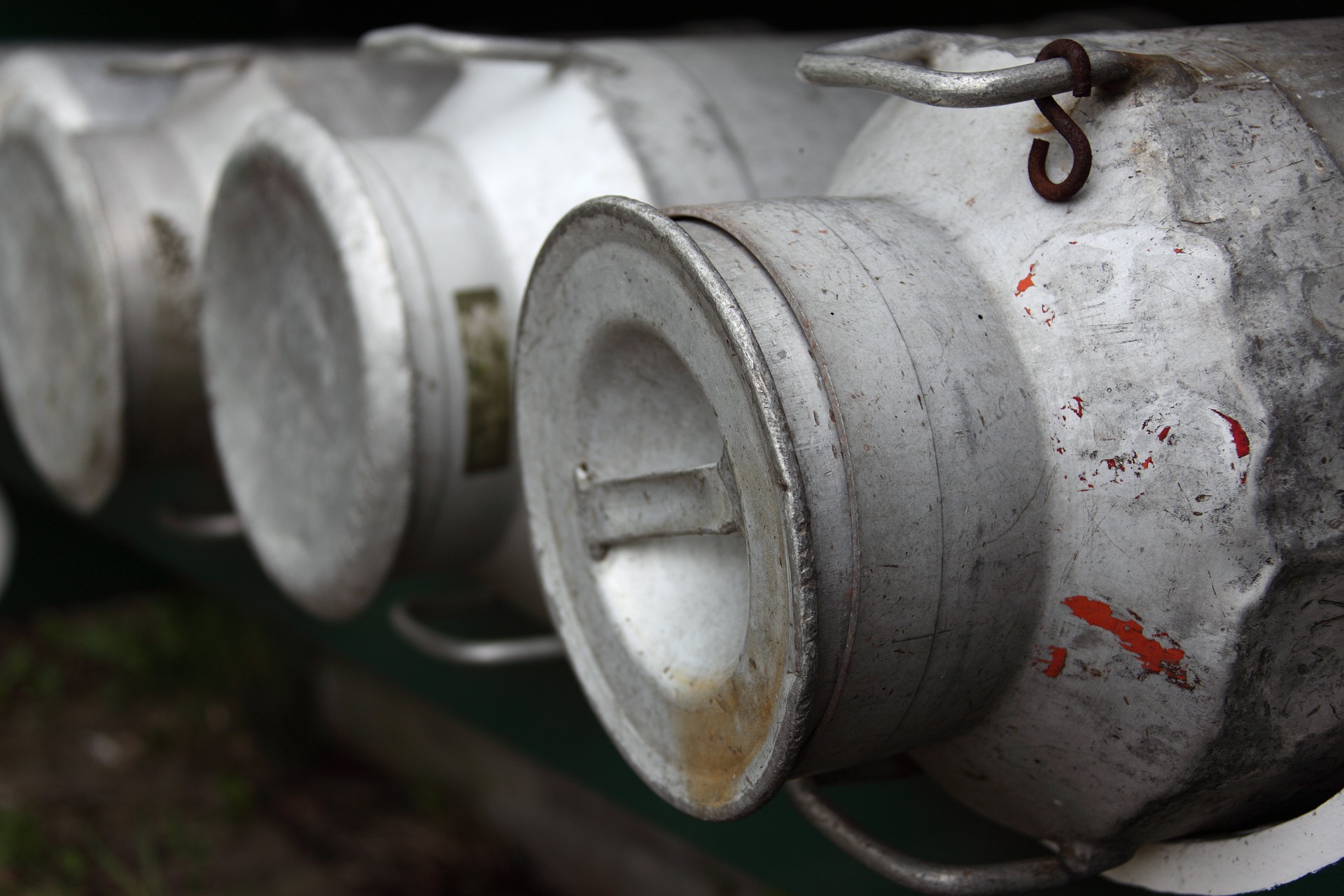Proper storage of animal feed is essential for maintaining its quality and ensuring it is safe for your animals to eat. Here are some tips for storing animal feed:
- Keep it dry. Animal feed should be stored in a dry place to prevent mold and spoilage. Avoid storing feed in damp areas or outdoors where it can be exposed to rain or moisture.
- Use airtight containers. Airtight containers can help keep animal feed fresh and prevent it from absorbing moisture or odors. Consider using containers with tight-fitting lids, such as plastic bins or buckets, to store your animal feed. It might be a good idea to invest in practical, customized shelving.
- Protect it from pests. Pests such as mice, rats, and insects can contaminate animal feed and make it unsafe for your animals to eat. Keep feed stored in containers that are sealed and make sure to regularly check for signs of pests.
- Store it away from other chemicals or contaminants. Animal feed should be stored away from chemicals or other contaminants that can harm your animals. Keep feed stored in a separate area from household chemicals, pesticides, and other potentially harmful substances.
- Keep it at a consistent temperature. Storing animal feed at a consistent temperature can help preserve its quality and prevent spoilage. Avoid storing feed in areas that are prone to temperature fluctuations, such as near windows or outside doors.
- Use it before it expires. Animal feed has a shelf life and should be used before it expires. Check the expiration date on the feed and make sure to use it before it reaches its expiration. Expired feed can lose its nutritional value and may be unsafe for your animals to eat.
- Rotate your stock. To prevent waste and ensure your animals always have fresh feed, rotate your stock and use the oldest feed first. This can help you avoid throwing away expired feed and ensure your animals are always eating fresh, nutritious feed.
- Keep track of your inventory. It’s important to keep track of your animal feed inventory to make sure you always have enough on hand and to avoid running out. Consider using a tracking system, such as a spreadsheet or app, to keep track of how much feed you have and when you need to restock.
- Use proper storage for different types of feed. Different types of feed, such as hay and grain, may require different storage methods. Hay should be stored in a dry, well-ventilated area, while grain should be stored in airtight containers to prevent spoilage.
- Store feed safely and securely. In addition to protecting your animal feed from spoilage and pests, it’s important to store it safely and securely to prevent theft and unauthorized access. Keep feed stored in a locked area or container to prevent access by unauthorized people or animals.
Do you already have your own an animal feed storage system? Let us know in the comments.


